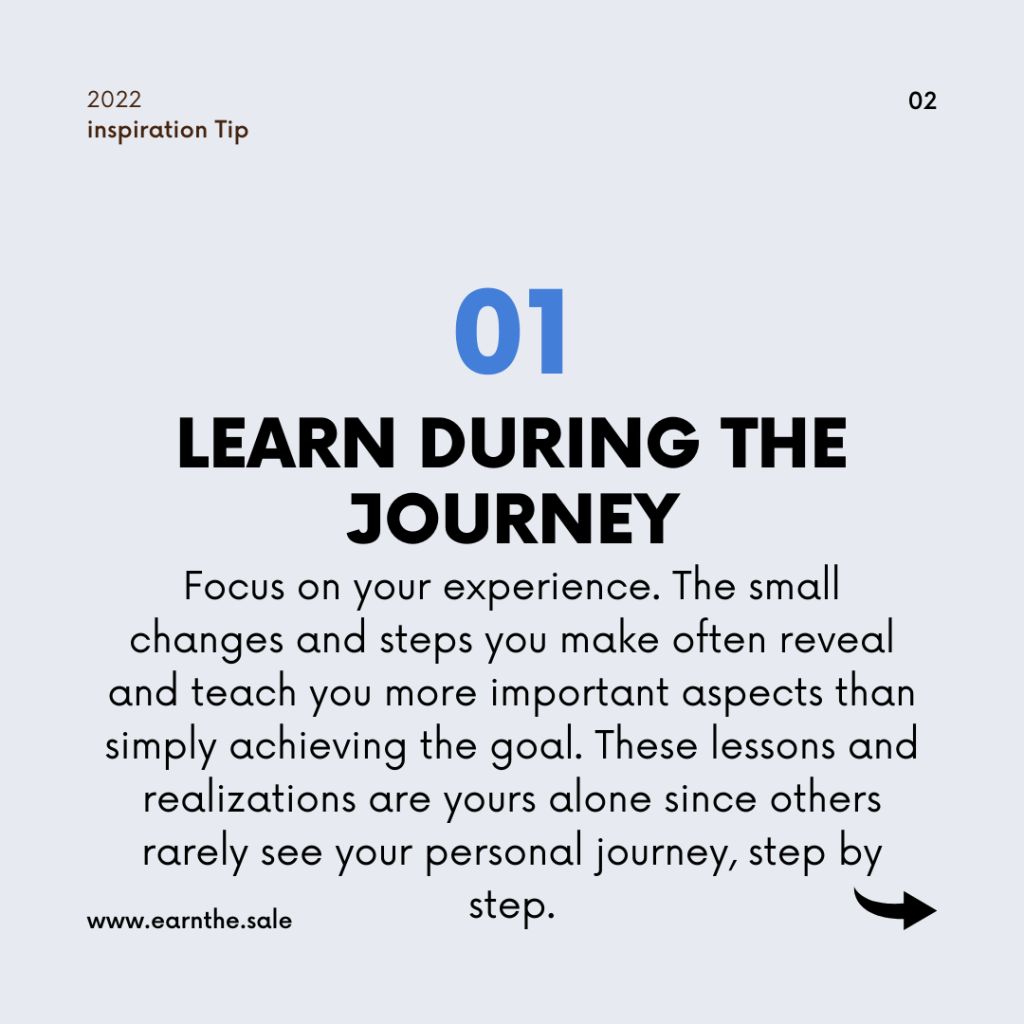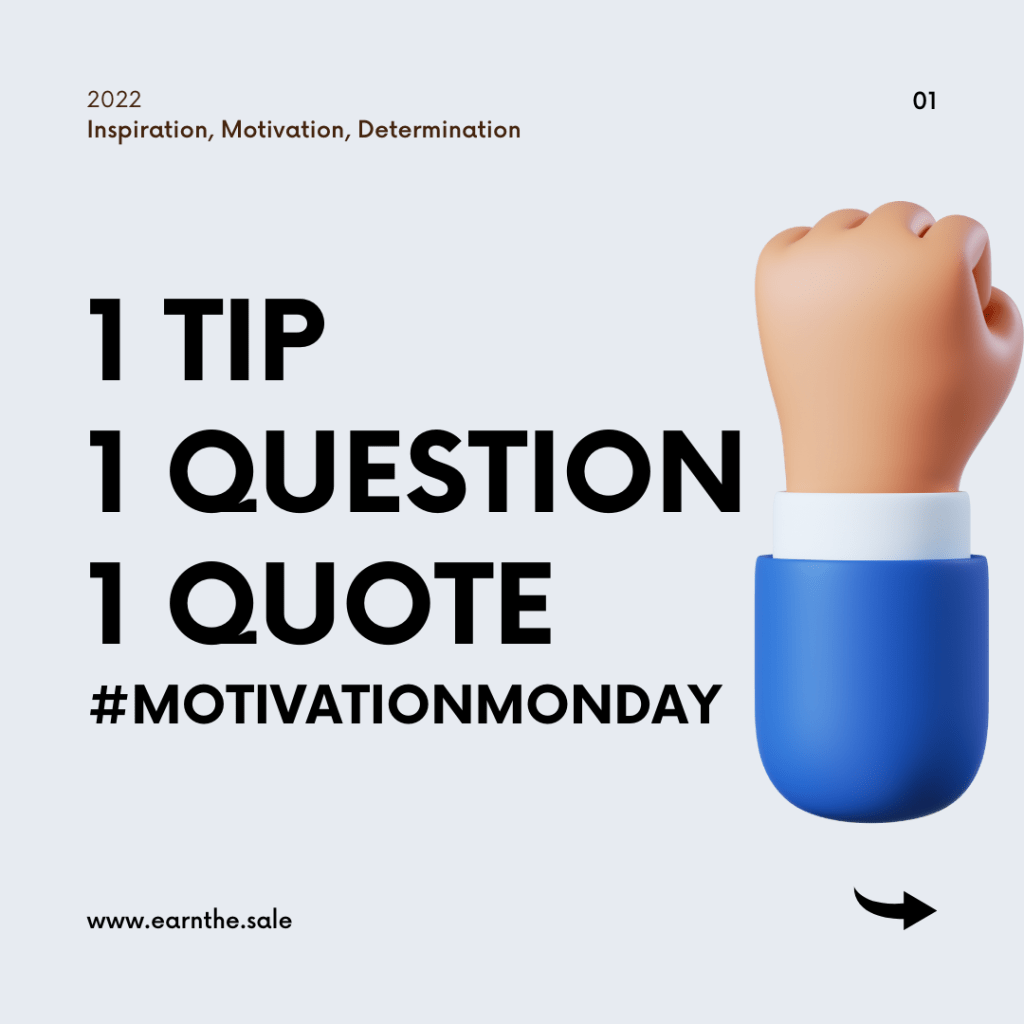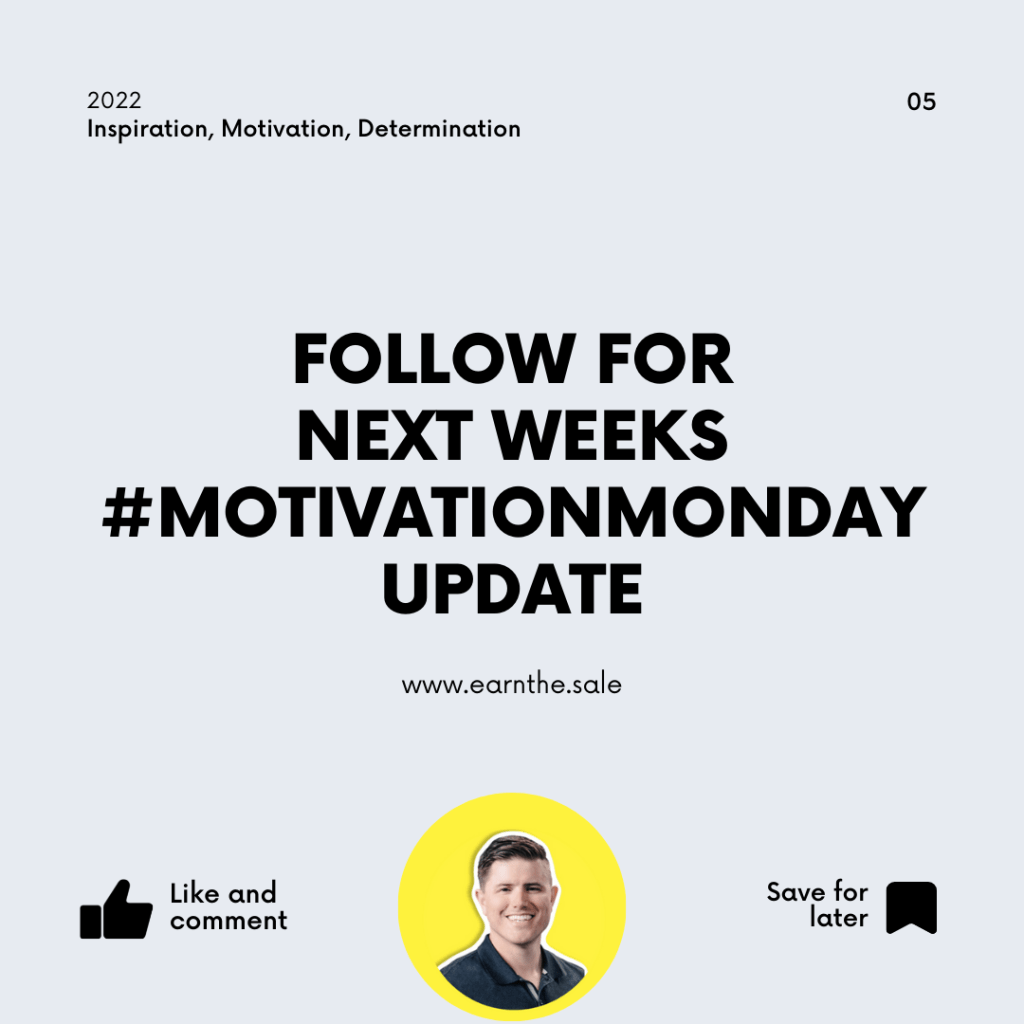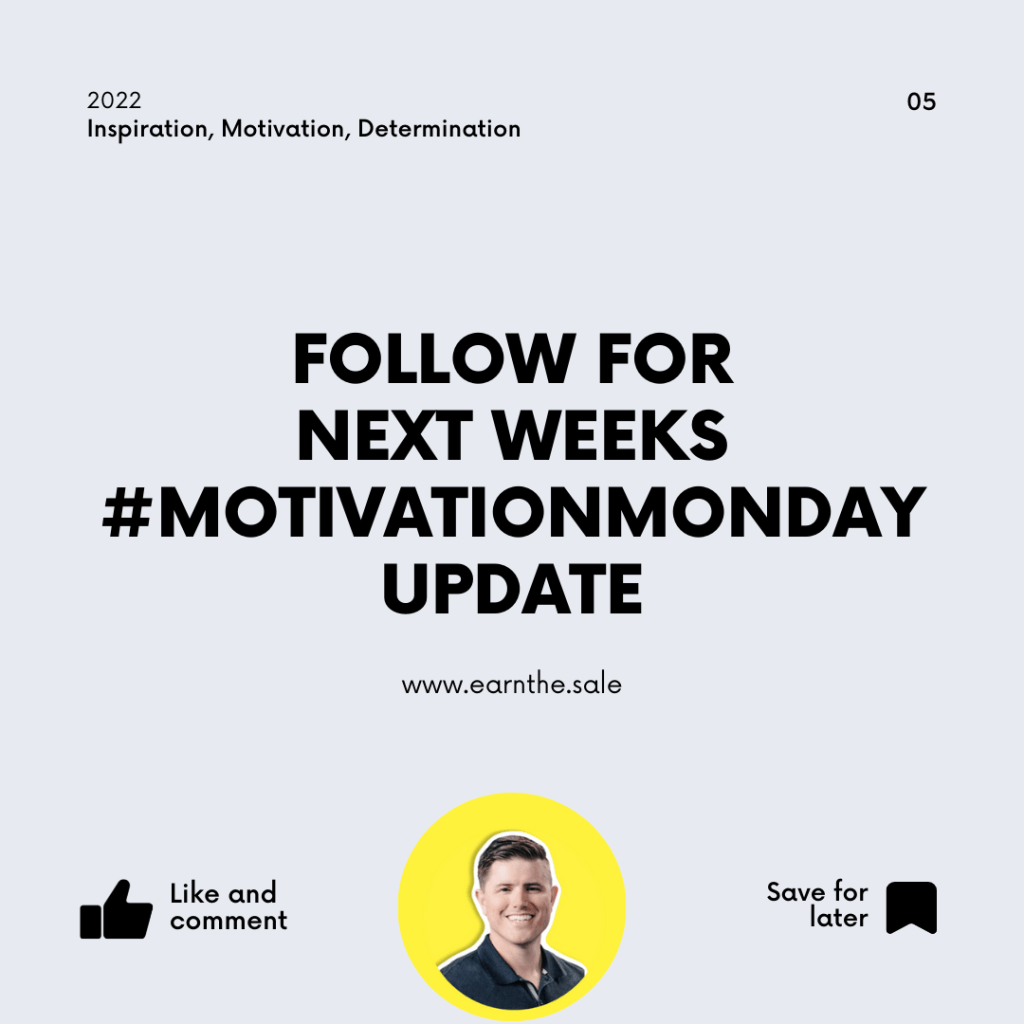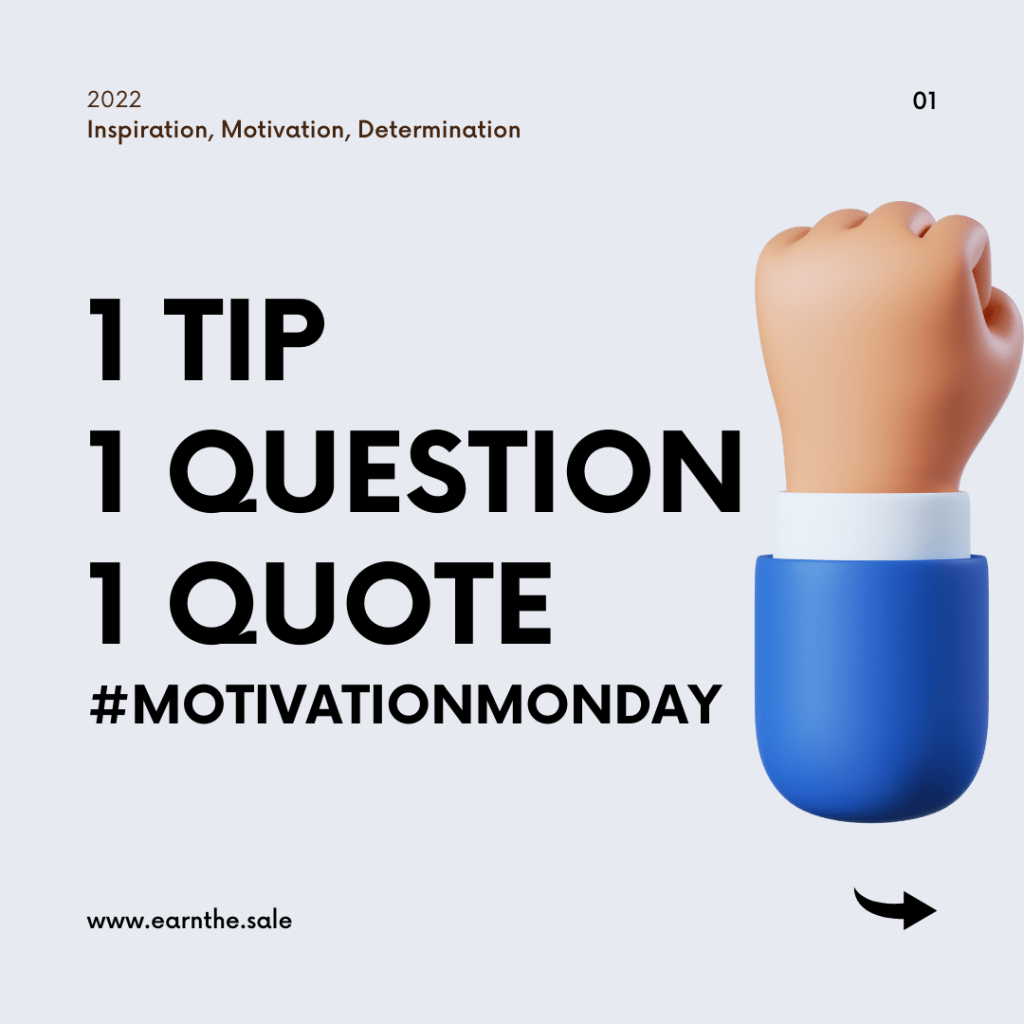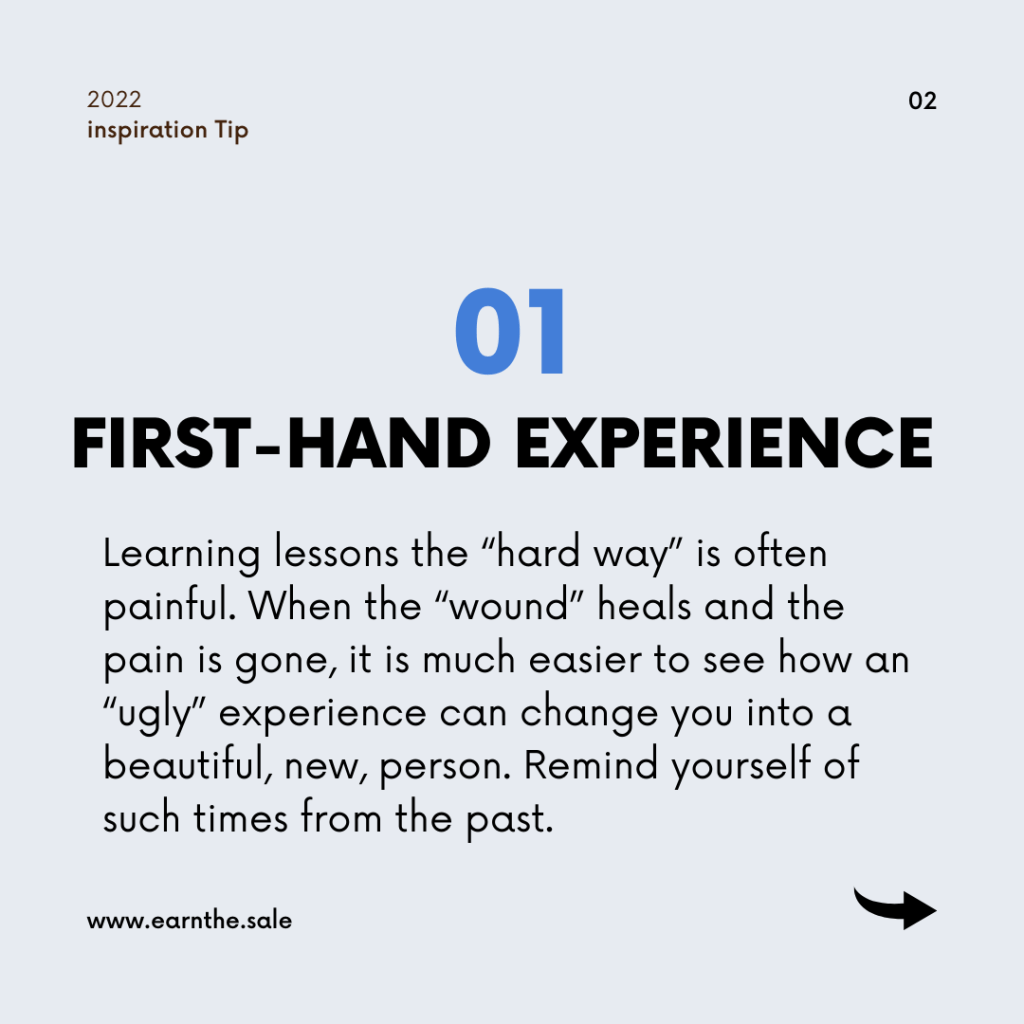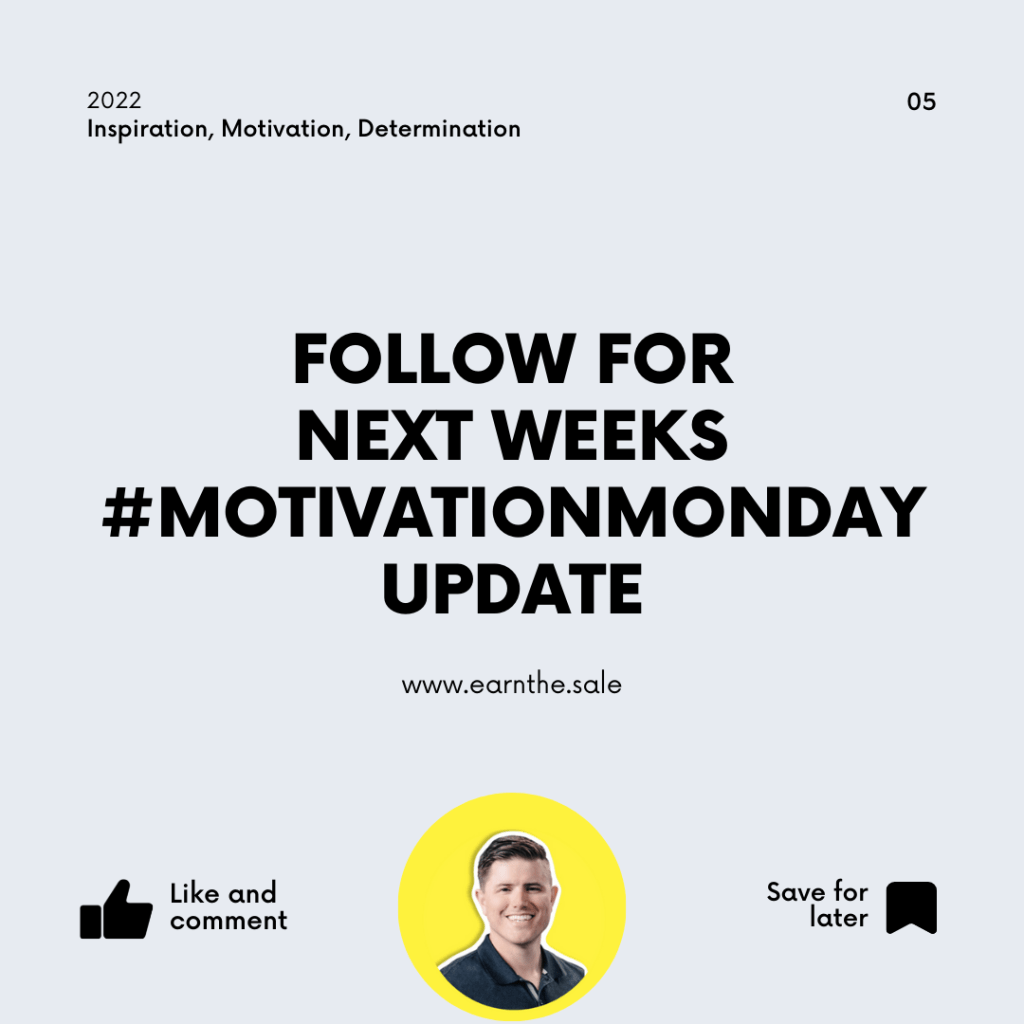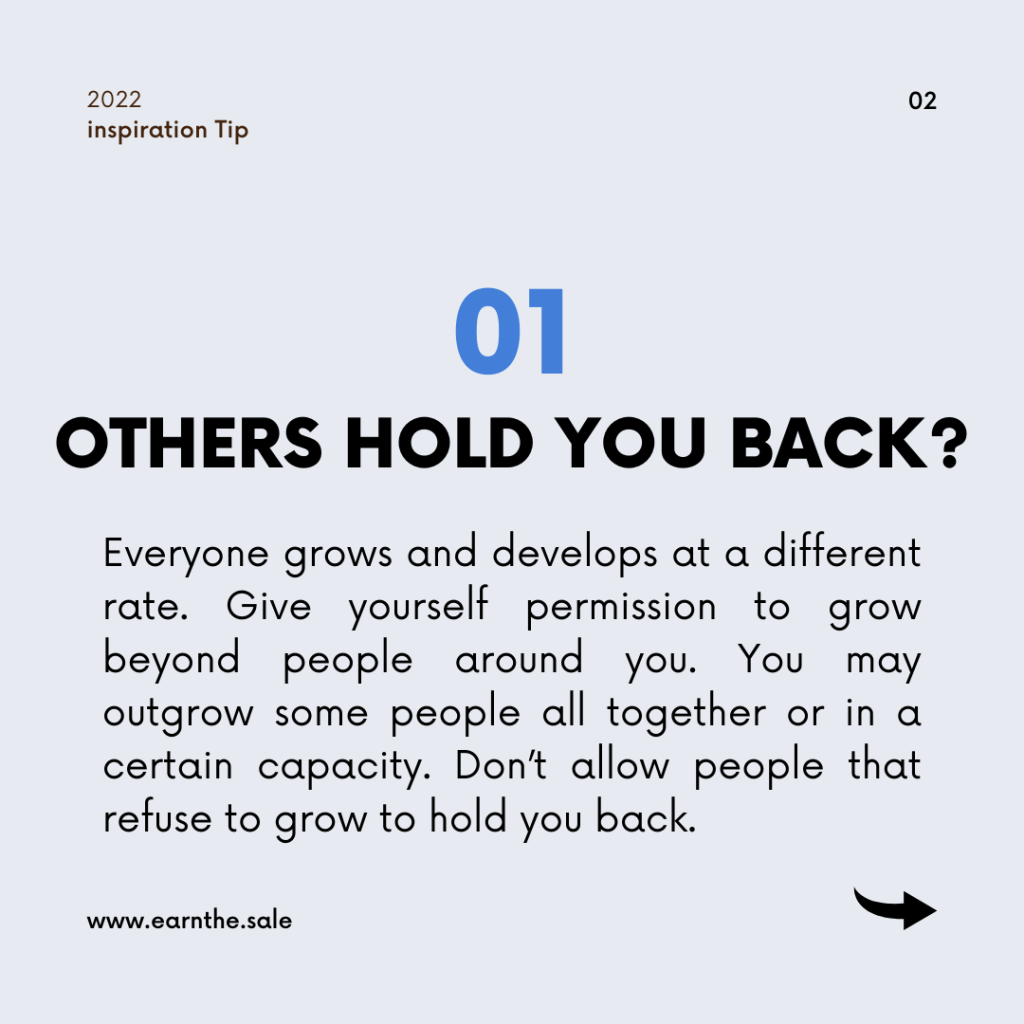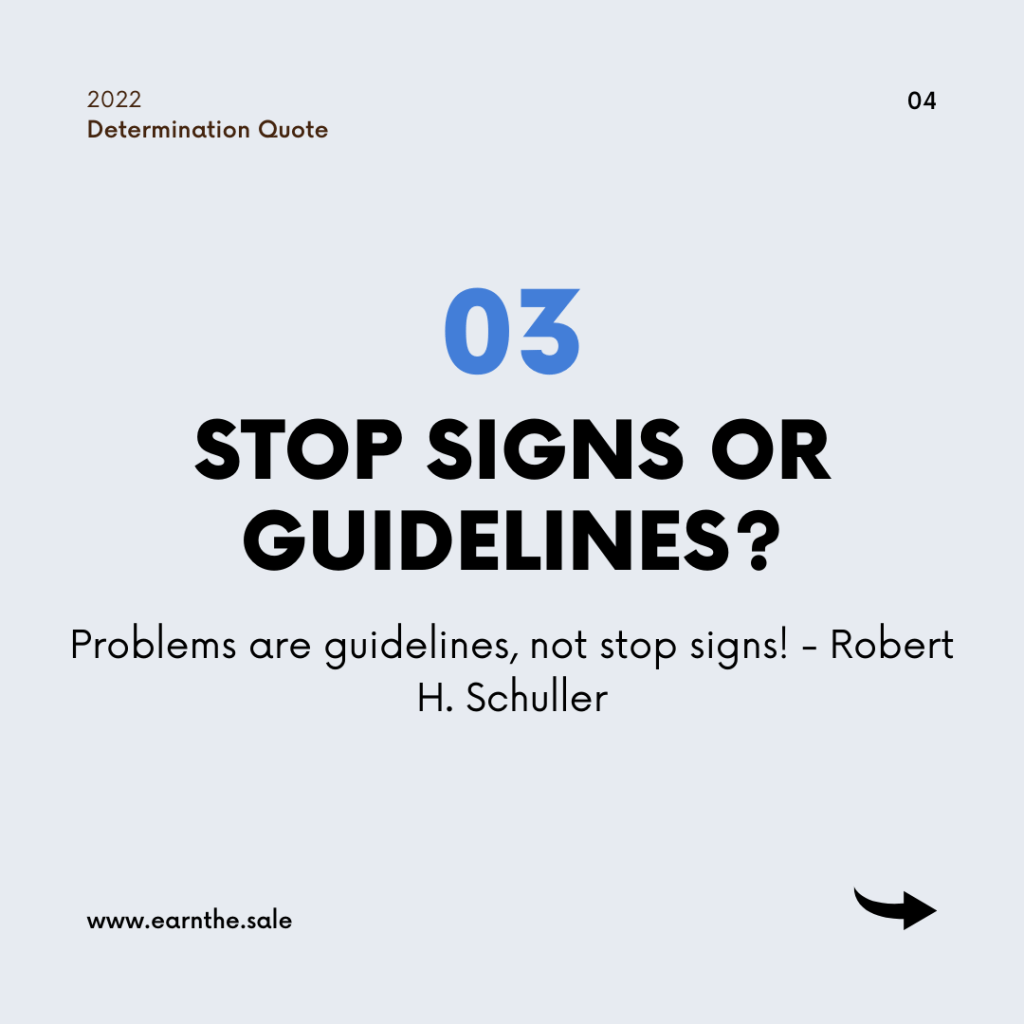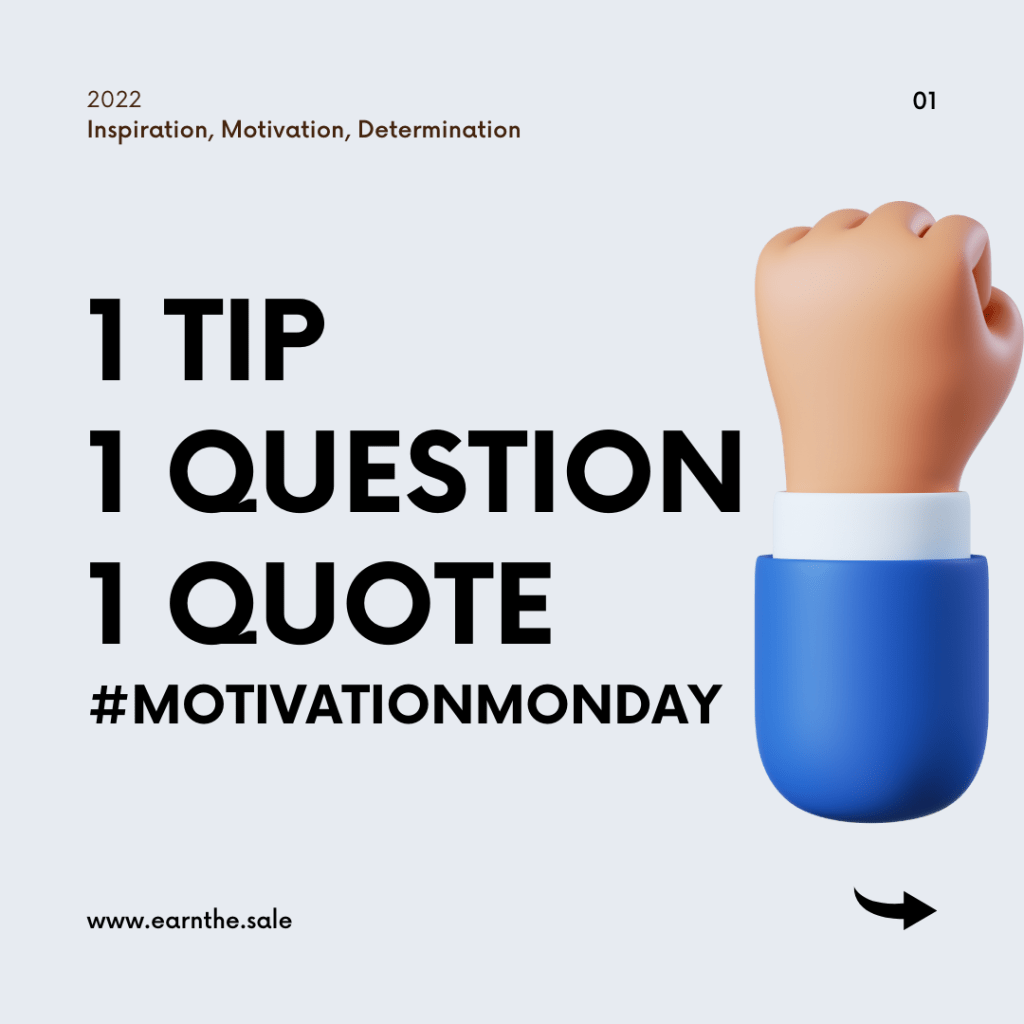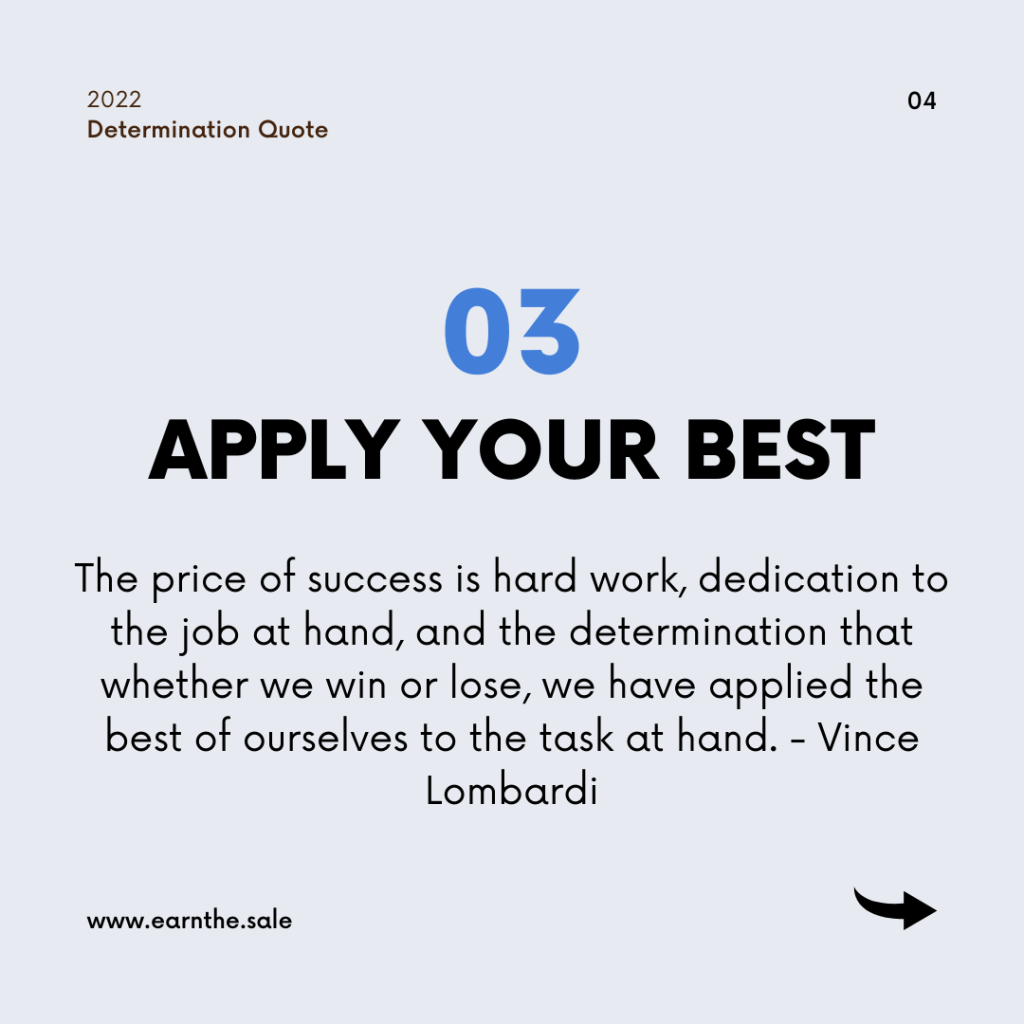
In continuation of the 5-week Daily Plan series, this blog post aims to provide specific tactics for building strong relationships with customers in sales.
Readers will learn practical strategies to understand customer needs, establish rapport, personalize interactions, follow up after a sale, and leverage digital channels for customer engagement.
I’ll continue breaking down the topic into specific tactics for each day of the week.
Day 11: Actively listen to understand customer needs and pain points.
Task: Actively listen to customers.
Over the last 15 years, I have averaged three to four ride-alongs a week. That would be around 2,800 sales appointments where I have witnessed a sales rep in action, with a portion of those having me actively involved in the sales interaction. In this time, there have been reoccurring themes with many new and old (by tenure) sales professionals. One that I’ll focus on for the purpose of this article is a rep’s excitement to talk about their company, product, or service before truly understanding and acknowledging a customer’s need or existence thereof. Many assumptions are made early in sales interactions, and it’s these assumptions that lead to many stalled sales and ineffective sales calls.
On one particular sales call, Mark was a new rep selling in the B2B space for a small local company. He was able to get a meeting with a CEO that had been on his target list. During Mark’s call to the CEO to get a discovery appointment set, the CEO remarked that he was currently using a larger competitor that initially offered a lot of resources for his growing business. In preparing for this meeting, Mark expressed his concern about being a smaller player in his space when the prospect had many other bigger companies to select from. Mark built his initial conversation around giving this prospect the impression that his company was far larger and could compete with as much agility as his competitors. At the end of the meeting, the CEO thanked Mark for his time but went on to share that they previously worked with a larger firm and felt ignored due to the perception that the CEO’s company wasn’t as large, thus less important, and didn’t receive the attention he felt the company needed.
In my coaching conversation afterwards, I asked Mark where his belief is that being a smaller competitor equates to being disadvantaged. Mark stated he’s gotten that objection from other prospects and assumed this CEO would have felt the same. Voila, an inaccurate assumption was carried into a conversation where the conversation was built around Mark’s company and capabilities rather than a conversation focused on the problems and needs of the customer. This miss was that Mark didn’t engage the CEO on whether he felt better served by a larger firm or even if that was a requisite for choosing another provider. By engaging and actively listening to customers, sales professionals can gain a deeper understanding of their needs and pain points, leading to more effective solutions.
Take-away: Actively listening helps sales professionals uncover valuable insights and tailor their approach to meet customer needs.
Application: There are numerous resources and sales conversation templates available, and I won’t go into great detail outlining specific sales methodologies.
For a list of resources, visit a previous post here
However, a lot of bad sales calls and conversations could have been prevented with a process of pre-call planning. Below is a sales call checklist from Rain Group that I have personally used and trained other sales reps on how to use.

By focusing on the questions above, a rep can be better prepared to focus solely on the buyer and the impact of the problems they are experiencing. Acknowledging relative strengths and weaknesses prior to an important sales call can eliminate negative emotions driven by being caught off guard and will help deliver a professional conversation.
Day 12: Build rapport with customers and apply techniques in sales.
Task: Build rapport with customers.
Oftentimes, during a ride-along, I have a skills analyzer where I take notes on important aspects of the conversation and points of the sales call. Typically, before the ride-along, I have determined a specific area on which I’ll be focusing based on prior coaching conversations. This prevents me from having to detail an entire conversation and keeps me honed in on what the customer may be saying. If I’m on a ride-along for the first time with a rep or listening in on a prospect call, there is typically only one thing that I am paying attention to, and that is the rep’s ability to build rapport. Now granted, not every prospecting call will give a rep time to build good rapport, but there’s usually an opening to do so at some point in the conversation.
A common mistake that I see reps make is that they are so excited to have an opening to discuss their company, product, features, and benefits that they completely overlook the importance of establishing rapport with the prospect. Depending on the type of selling (transactional vs. consultative) that is taking place, it will determine how much rapport may be needed. Building rapport can happen at the beginning of the conversation or throughout, but make no mistake, people will often buy from people that they like. All things being equal, the rapport that is built may determine who a prospect selects.
For building rapport, I like to follow a simple acronym: F.O.R.M., where F stands for family, O stands for occupation, R stands for recreation, and M stands for message. Using a bio page on the company’s website, social media profiles, or recent company announcements are all great resources to use in finding context clues on what may be good to build rapport on or around. Doing a little research can prevent rapport from seeming like small talk and make it more productive. A good rule of thumb that I’ve found over the years is that when a prospect begins asking questions about you, it’s a good sign that you have built good rapport so far in the conversation.
Another important aspect of building rapport, outside of establishing a connection, is that during the process of building rapport, a sales professional can begin to determine the personality style of your prospect. Getting training on personality assessments such as the DISC, Hermann Brain Dominance Instrument (HBDI), or Predictive Index can be really useful in picking up additional context clues on how to communicate with the prospect. Many sales managers understand the importance of these assessments in hiring talent but fall short in training sales reps on how to use these same tools in adapting communications with high value clients. This article will not service to be an exhaustive description of these tools or how to apply them in conversations, but more so to reinforce the usefulness of these tools in the context of rapport building and facilitating better sales conversations. For example, below will be a description of the DISC profile with tendencies and behaviors.

Takeaway: Building rapport helps sales professionals establish trust, understand customer preferences, and adapt their approach accordingly.
Application: Sales professionals should show genuine interest, use active listening skills, find common ground, use positive language, and adapt their communication style to match the customer’s preferences.
Day 13: Personalize interactions to make customers feel valued and understood.
Task: Personalize interactions with customers.
According to The Salesforce State of Connected Customers Report, which polled over 6700 consumers and business buyers, 72% of business buyers expect vendors to personalize engagements to their needs. In fact, 67% of B2B buyers have switched to vendors who provide a more consumer-like experience. Early in my selling career, I worked for a national training provider. I called on C-level executives, HR managers, and senior department managers. My goals were to understand the specific staff development issues and sell either an off-the-shelf course or customize a course that addressed the specific needs of the employees. This was before online training had really taken hold, and many companies relied on in-person training for all of their staff development. There are common issues that face all teams and companies that span change management, transitioning from contributor to manager, dealing with difficult people, and many others. The point is that it is really easy to take a cookie-cutter approach to discussing these issues and how they affect all employees. However, at the same time that I was working at this company, I was taking college courses at night in an effort to complete my degree. One of my courses was in finance and accounting. During this course, an assignment was to look at the accounting statements of publicly traded companies. My territory at this time was San Francisco, and I had many high-profile clients with whom I was able to pour over their financial statements. I ordered all of my top 20 clients 10-K reports and began familiarizing myself with all of their financial statements, many of which contained forward-looking statements. This gave me the insight and ability to tie the financial numbers to department goals and employee development. Personalized interactions go beyond just getting the correct name for the “to” line in a cold email campaign. Understanding customer issues and personalizing your conversation to the customer will enhance their experience, making them feel valued and understood.
I am not suggesting that you need an accounting degree or an advanced understanding of financial statements; this was just an example of how I began personalizing my outreach to a customer base at that time. Some readers will not have access to this level of information on a potential customer; however, that does not mean that information cannot be found to personalize communications. Any Google search today can just about get you all of the information you need on a business or contact within a company. A great exercise to deepen your level of personalization is to use “Mackay 66“, developed by author, sales professional, and business owner Harvey Mackay. He details 66 questions that sales professionals should know about their customers. Since trust and loyalty are built over time, a sales professional can use these questions to broaden customer relationships.
Takeaway: Personalization fosters stronger customer relationships and increases customer loyalty.
Application: Sales professionals should use multiple resources to learn more about their customers, tailor recommendations, remember previous interactions, offer customization, and express appreciation for the customer’s business.
Day 14: Follow up with customers after a sale for satisfaction and long-term relationship building.
Task: Follow up with customers after a sale.
Never underestimate the impact a quick post-sales follow-up can have. The level of follow-up will vary depending on the product or service that is being sold, but post-sale follow-up is nonetheless important. For lower-ticket, high-transactional sales, it might only require a thank-you card or a brief phone call thanking them for their business. When an on-going service or system is sold, whereas there will be ongoing purchases or usage of a product, it is important to understand that a change is the “way of doing things” is taking place. Oftentimes, this will involve changes within multiple areas of the business, from onboarding new employees, changes in purchasing, field implementation, and IT deployment, among many others. While many of these areas can be discussed during the purchase process, it’s important to schedule follow-up touch points post-sale to keep a pulse on how these potential roadblocks affect a positive customer experience.
Takeaway: Post-sale follow-up ensures customer satisfaction, addresses concerns, and strengthens the customer relationship.
Application: Sales professionals should send personalized thank-you notes or emails, check in with customers, address concerns promptly, offer post-sale support, and maintain regular communication.
For a list of 40+ Email Templates for Thanking, Upselling, Onboarding, & Account Handoffs, leave a comment below “templates” and I’ll send to your inbox
Day 15: Leverage social media and digital channels for customer connection and engagement.
Task: Leverage social media and digital channels.
It is highly likely that readers of this blog have found it via a social media post; therefore, it would not be necessary to describe the importance of social media today and how useful it can be. However, I will say this: I am shocked to this day at how many people I run into don’t utilize social media for prospecting, networking, competitive intelligence, and customer engagement. Those who are currently using social platforms have an opportunity to improve, and that is a topic that I am currently doing a lot of coaching around. Those who recognize the importance but haven’t taken the leap in leveraging social media are an area in which I have developed a course to help sales professionals begin developing their personal brand and profiles. If that is something that interests you, feel free to reach out, and I would be happy to schedule a call to discuss. Utilizing social media and digital channels allows sales professionals to connect with and engage customers on platforms they frequent.
I have numerous examples where I have leveraged social media to close deals, network with dream accounts, engage with new customers, and build a network of referral partners. The numbers on social media today prove that it is no longer a fad. It is imperative that businesses have social media accounts, and their engagement with customers is a differentiator.
If you go to Google and search for all the different ways to grow your business and get clients, you’ll get thousands of different results telling you hundreds of different ways to get clients.
A great way to expand your customer base is by using social media platforms. Customers can easily connect with you and others who have similar interests, and it’s simple to keep them updated on what’s happening with your business. And tons of other inbound and outbound methods.
Not all social media are created equal. And if you’re in the business-to-business (B2B) space, there is one platform that reigns over all the others: LinkedIn.
Who’s on LinkedIn?
LinkedIn is the premier B2B social media platform. And it is the best B2B platform because it did not start out as a social media platform. However, it has evolved over the years to become a powerful social media platform for businesses.
LinkedIn is not just another social media platform for you to connect with your friends and your family or to post pictures of your latest vacation. LinkedIn is designed to be a business networking tool.
Because of this, the users that engage on LinkedIn are usually high-income individuals. On average, people who use LinkedIn make more money than those using other social media accounts, and they’re much more likely to be receptive to any sort of business proposal.
LinkedIn is widely known as a platform to learn business secrets and sell/purchase services that help businesses grow. Therefore, LinkedIn is the perfect place to acquire new clients, as it is more accepted than other social media platforms such as Facebook, Instagram, or Twitter.
In a 2020 RAIN Group Center for Sales Research study of close to 500
buyers, they learned that the overwhelming majority—82%!—will look
up a seller on LinkedIn before replying to a seller’s prospecting efforts.
Compare that to back in 2005, when sellers told us social media
wasn’t important because enterprise-level decision makers couldn’t
be bothered using it. How times have changed!
Whatever means you use for prospecting, or any aspect of virtual
or face-to-face selling, know that eight out of every 10 buyers are
vetting you on LinkedIn before deciding whether to respond to you.
Reaching out to the C-level?
You may be surprised to learn the C-level is more likely than others to
connect with you on LinkedIn—even when they don’t know you.

Takeaway: Leveraging digital channels expands the reach and engagement with customers, boosting sales opportunities.
Application: Sales professionals should create an active presence on relevant social media platforms, share valuable content, respond promptly to customer inquiries, encourage feedback and reviews, and utilize targeted advertising or promotional campaigns. The goal is to move from a mindset of social media to social selling. My advice would be to start with LinkedIn, as it can be extremely beneficial for your business, but first you have to put in the work. It may seem like a lot at first, but if you just sit down and get started, you’ll see how easy it is. Follow the steps we talked about in this guide, and LinkedIn will help take your company to new heights.
If you would like some 1-on-1 guidance on setting up your profile, do’s & don’ts, networking tips, working with LinkedIn groups, and content creation, reach out to me personally, and I can set up a session or invite you to a live webinar.
By following the tactics outlined in this blog post, sales professionals can effectively build strong relationships with their customers, understand their needs, and enhance customer satisfaction and loyalty.
Stay tuned for a follow-up post breaking down the strategies and tactics for Week 4. Improve your communication skills: Effective communication is the key to successful sales. Till then, I hope Week 3 brings a new level of confidence and focus on your path to finishing 2023 BIG!







